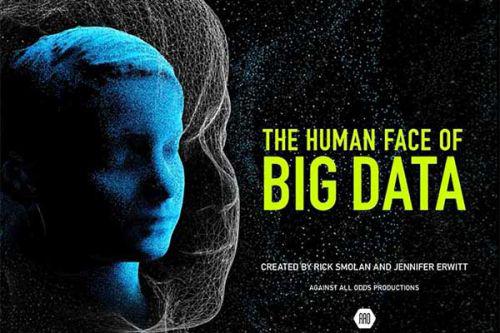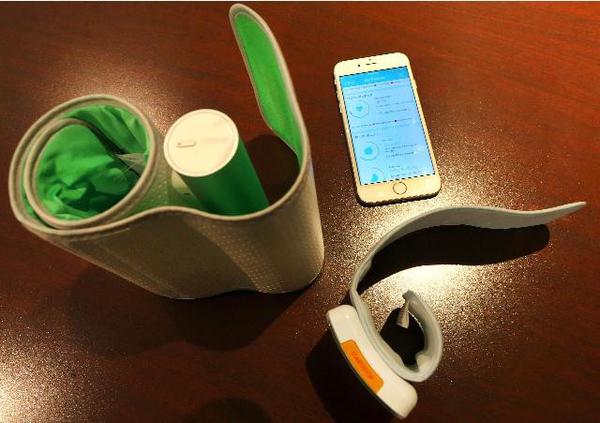If you want to know how big data is making the world a better place, then the most vivid example is that it may use in the health care industry. All of our actions generate a lot of data, and we can use technology to analyze and understand the data. This analysis and understanding of the past decade has made tremendous progress. In today's buzzwords, the intersection of these trends is what we call "big data." Big data is making businesses in all walks of life more efficient. The same is true in the health care field. In the medical field, big data is used to predict epidemics, treat diseases, improve quality of life, and avoid preventable deaths, in addition to being used to increase profits and reduce expenses. As the world's population grows and life expectancy increases, the pattern of treatment delivery is rapidly changing, and many of the decisions behind these changes are data-driven. Now this drive is to understand the patient as much as possible and as soon as possible, in order to detect signs of disease at an early stage. It is much simpler and cheaper to treat the early stages of the disease than it is until it is too late to show signs of illness. So let's take a big trip to health care before we get sick, starting from scratch. The wearable blood pressure monitor sends the data to a smartphone app, and then people go to the doctor Anti-victory Smartphones are just the beginning. The app enables smartphones to be applied in any way, such as measuring how far a person goes in a day through a pedometer, helping a person plan a diet through a calorie counter. Everyone nowadays likes to use mobile technology to make themselves adopt a healthier lifestyle. For example, recently emerging wearable devices, such as Fitbit, Jawbone, and Samsung Gear Fit, allow you to track your personal itinerary and upload data for comparison with others around you. In the near future, people can also share this data with doctors. When they go to the doctor, they will use the data as part of the diagnosis. Even if you are healthy, but through this technology, the hospital constantly accumulates a large database of public health information, so that personal health problems are discovered before they occur, so that remedies can be prepared in advance – whether medicinal or educational Sexual. This has led to groundbreaking work. This includes collaboration between medical and data experts, making it possible to have insight into the future and to identify problems ahead of time. A recent example is the formation of the Pittsburgh Health Data Alliance. It aims to map data from different data sources (such as medical and insurance records, wearable sensor data, genetic data, and even social media data) into a collection of data that is used as a patient individual to tailor healthcare to patients. Program. Personal data will not be processed independently, but will be compared and analyzed with the data of thousands of people around it, highlighting the special factors and problems that arise during the comparison process, making the complex prediction models available. Department - A doctor will be able to assess the likelihood of any treatment he believes to be predictable, and back up data from other people with the same conditions, the same genetic factors and lifestyle. Projects such as this are one of the biggest obstacles the industry is trying to solve in data-driven healthcare: the medical industry collects large amounts of data, but it is often stored in different hospitals, clinics, administrations, and even doctors. Another example is Apple and IBM, which just announced a partnership. The two companies are collaborating on a big data health platform that allows Apple and Apple smartwatch users to share data with IBM's Watson Health Cloud Medical Analytics service. The goal of the collaboration is to find new medical discoveries from the many real-time activities and biometric data of millions of potential users. If you pay attention to the interaction between doctors and patients, these behaviors are likely to change in the future. Telemedicine is the current buzzword, referring to remote medical treatment. Patients can usually do it in their own home with the help of a computer and the Internet. Strictly speaking, telemedicine is accessing the webmd website and self-diagnosis. But more and more telemedicine is a one-on-one professional service for patients. This type of service is currently provided by Healthtap. All interactions between patients and doctors will undoubtedly leave a data link that, after being analyzed, can be aggregated into a general trend of public health and provide valuable information for people's health care.
Indoor Hydroponics Grow Kit
hydroponics system-nutrient technique (NFT)
Hydroponics is an ideal way to grow plants in urban areas. This makes it a great hobby that helps you to relax and it is fun to watch the hydroponic plants grow in the garden nft.
Indoor Hydroponics Grow Kit, Hydroponic Indoor Plant Grow Light Kit,Indoor Hydroponic Grow Tent Complete Kit JIANGSU SKYPLAN GREENHOUSE TECHNOLOGY CO.,LTD , https://www.engreenhouse.com

NFT does not give average support to roots. Typically, the roots sit in a long sloping channel irrigation (Fig. 1.1). The nutrient is introduced into the high class of the canal and allowed to flow over the roots after which it drains into the nutrient tank. This is then re-pumped back into the channel to repeat the watering process.
This feed cycle can be intermittent or continuous. An & lsquo; The intermittent 'rss cycle is controlled by the clock and repeated several times per hour. this is sometimes called the "NFT pulse". The NFT pulse usually achieves better aeration of the roots as the roots are exposed to air between each feed. A & lsquo; continuous' rss cycle works non-stop. This is often used in commercial operations.
You can easily grow your favorite flowers at home without muddy mess and need to water your plants regularly.